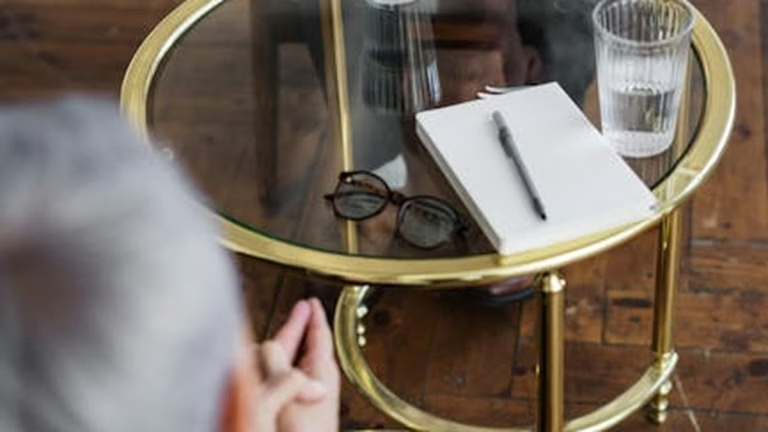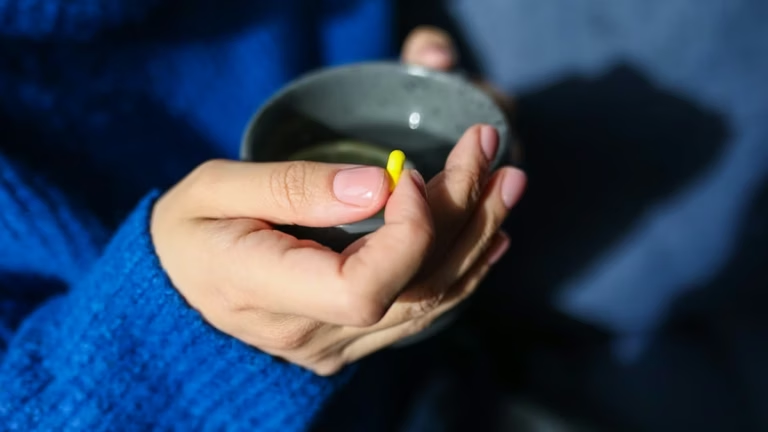Beat Seasonal Depression: Light & Mood Boost
Understanding Seasonal Affective Disorder (SAD)
The shorter days and longer nights of winter can bring more than just chilly weather; they can trigger Seasonal Affective Disorder (SAD), a type of depression that’s related to changes in the seasons. Often called “seasonal depression” or the “winter blues,” SAD can significantly impact your mood, energy levels, and overall well-being. While feelings of sadness during the winter months are common, SAD is more than just a fleeting feeling; it’s a diagnosable condition with specific symptoms and treatment options.
It’s important to understand that seasonal depression is not just feeling a little down. It’s a recurring pattern of depression that coincides with the change of seasons, typically starting in the fall and continuing through the winter months. While less common, some people experience SAD during the summer.
What are the Symptoms of Seasonal Depression?
The symptoms of SAD are similar to those of major depression, but they occur seasonally. Common symptoms include:
- Persistent sadness, emptiness, or hopelessness
- Loss of interest or pleasure in activities you once enjoyed
- Changes in appetite or weight (often craving carbohydrates)
- Sleep problems (typically oversleeping)
- Fatigue and low energy
- Difficulty concentrating
- Feelings of worthlessness or guilt
- Thoughts of death or suicide
If you experience several of these symptoms for more than two weeks, it’s essential to seek professional help. A mental health professional can accurately diagnose SAD and recommend the best course of treatment.
Light Therapy: A Powerful Tool Against SAD
Light therapy, also known as phototherapy, is a cornerstone treatment for seasonal affective disorder. It involves sitting in front of a special light box that emits a bright, artificial light that mimics natural sunlight. This light helps to regulate the body’s natural sleep-wake cycle (circadian rhythm) and boost serotonin levels, which can help improve mood and alleviate the symptoms of SAD.
How Does SAD Light Therapy Work?
Reduced sunlight exposure during the fall and winter months can disrupt the body’s internal clock, leading to imbalances in hormones like melatonin and serotonin. Melatonin, which regulates sleep, can be produced in excess, leading to fatigue and drowsiness. Serotonin, a neurotransmitter that affects mood, appetite, and sleep, can decrease, contributing to feelings of depression. SAD light therapy helps to counteract these imbalances by:
- Suppressing melatonin production during the day
- Boosting serotonin levels
- Regulating the circadian rhythm
Choosing and Using a Light Therapy Box
When choosing a light therapy box, consider the following factors:
- Light Intensity: The recommended light intensity is typically 10,000 lux (a unit of illuminance).
- UV Filtration: Ensure the light box filters out harmful ultraviolet (UV) rays.
- Size and Portability: Choose a size that suits your needs and lifestyle. Some are small and portable, while others are larger and designed for desk use.
To use a light therapy box effectively:
- Sit in front of the light box for 20-30 minutes each day, preferably in the morning.
- Position the light box about 12-24 inches away from your face.
- Keep your eyes open, but don’t stare directly at the light.
- Continue your normal activities while using the light box, such as reading, working, or eating breakfast.
It’s important to consult with your doctor before starting light therapy to determine the best time of day, duration, and light intensity for your specific needs. While generally safe, light therapy can cause side effects in some people, such as headaches, eye strain, or nausea. These side effects are usually mild and temporary.
Mood-Boosting Strategies to Complement Light Therapy
While SAD light therapy is a powerful treatment, it’s often most effective when combined with other mood-boosting strategies. These strategies can help to further alleviate the symptoms of seasonal depression and improve your overall well-being.
Lifestyle Adjustments
- Maximize Sunlight Exposure: Even on cloudy days, try to spend some time outdoors. Open curtains and blinds to let in as much natural light as possible.
- Regular Exercise: Physical activity releases endorphins, which have mood-boosting effects. Aim for at least 30 minutes of moderate-intensity exercise most days of the week. Even a brisk walk can make a difference.
- Healthy Diet: Eat a balanced diet rich in fruits, vegetables, and whole grains. Limit processed foods, sugary drinks, and excessive caffeine or alcohol. Consider foods rich in Vitamin D.
- Prioritize Sleep: Establish a regular sleep schedule and create a relaxing bedtime routine. Aim for 7-9 hours of quality sleep per night.
- Stay Socially Connected: Make an effort to connect with friends and family, even when you don’t feel like it. Social interaction can help combat feelings of isolation and loneliness.
Mindfulness and Stress Reduction Techniques
- Meditation: Regular meditation can help reduce stress and improve mood. There are many guided meditation apps and online resources available.
- Deep Breathing Exercises: Deep breathing exercises can help calm the nervous system and reduce anxiety.
- Yoga: Yoga combines physical postures, breathing techniques, and meditation to promote relaxation and well-being.
- Journaling: Writing down your thoughts and feelings can help you process emotions and gain perspective.
Professional Support
If lifestyle adjustments and SAD light therapy are not enough to alleviate your symptoms, consider seeking professional help from a therapist or psychiatrist. Cognitive Behavioral Therapy (CBT) is a type of therapy that can be particularly effective in treating seasonal depression. CBT helps you identify and change negative thought patterns and behaviors that contribute to your depression. In some cases, medication may also be necessary to manage symptoms.
Case Study: Sarah, a 35-year-old woman, experienced seasonal depression every winter. She started using a SAD light therapy box for 30 minutes each morning and also incorporated regular exercise and mindfulness practices into her routine. Within a few weeks, she noticed a significant improvement in her mood and energy levels. She also started attending weekly therapy sessions to address negative thought patterns and develop coping mechanisms. As a result, Sarah was able to effectively manage her seasonal depression and enjoy the winter months.
Taking Control of Your Winter Wellbeing
Seasonal Affective Disorder can be a challenging condition, but it’s important to remember that it is treatable. By understanding the symptoms, utilizing SAD light therapy, and implementing mood-boosting strategies, you can take control of your winter wellbeing and reclaim your happiness. Remember to consult with a healthcare professional for personalized advice and treatment options. With the right approach, you can successfully combat seasonal depression and thrive throughout the year.
References
-
National Institute of Mental Health
– National Institute of Mental Health research and resources. -
American Psychological Association
– American Psychological Association mental health guidance. -
World Health Organization Mental Health
– Global mental health initiatives and research.






